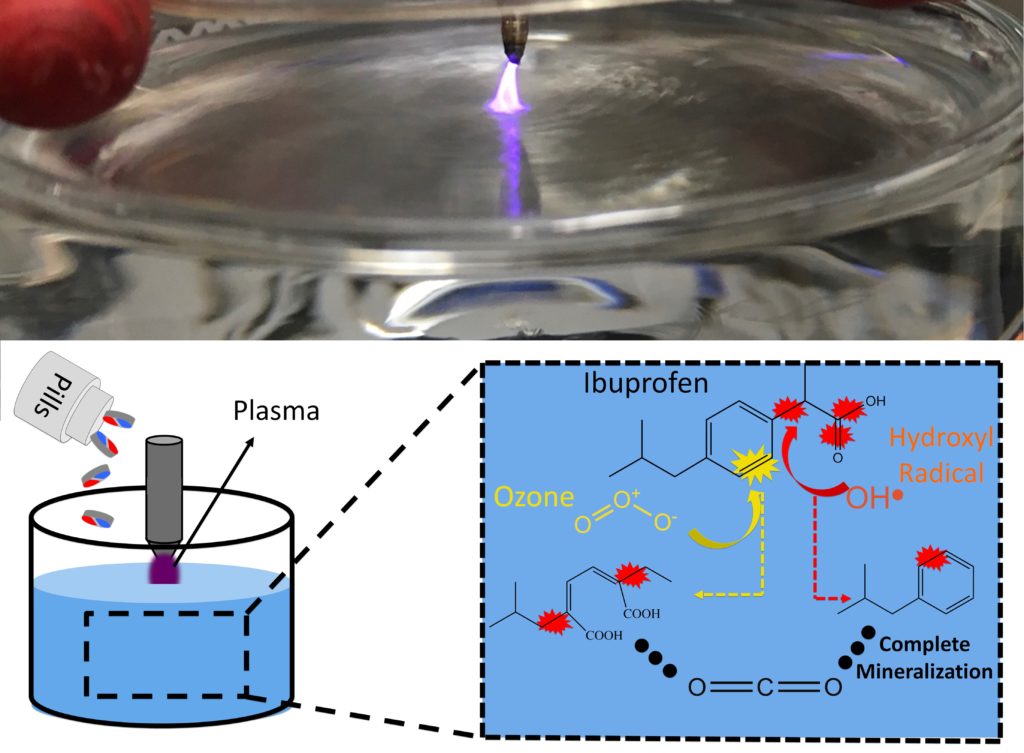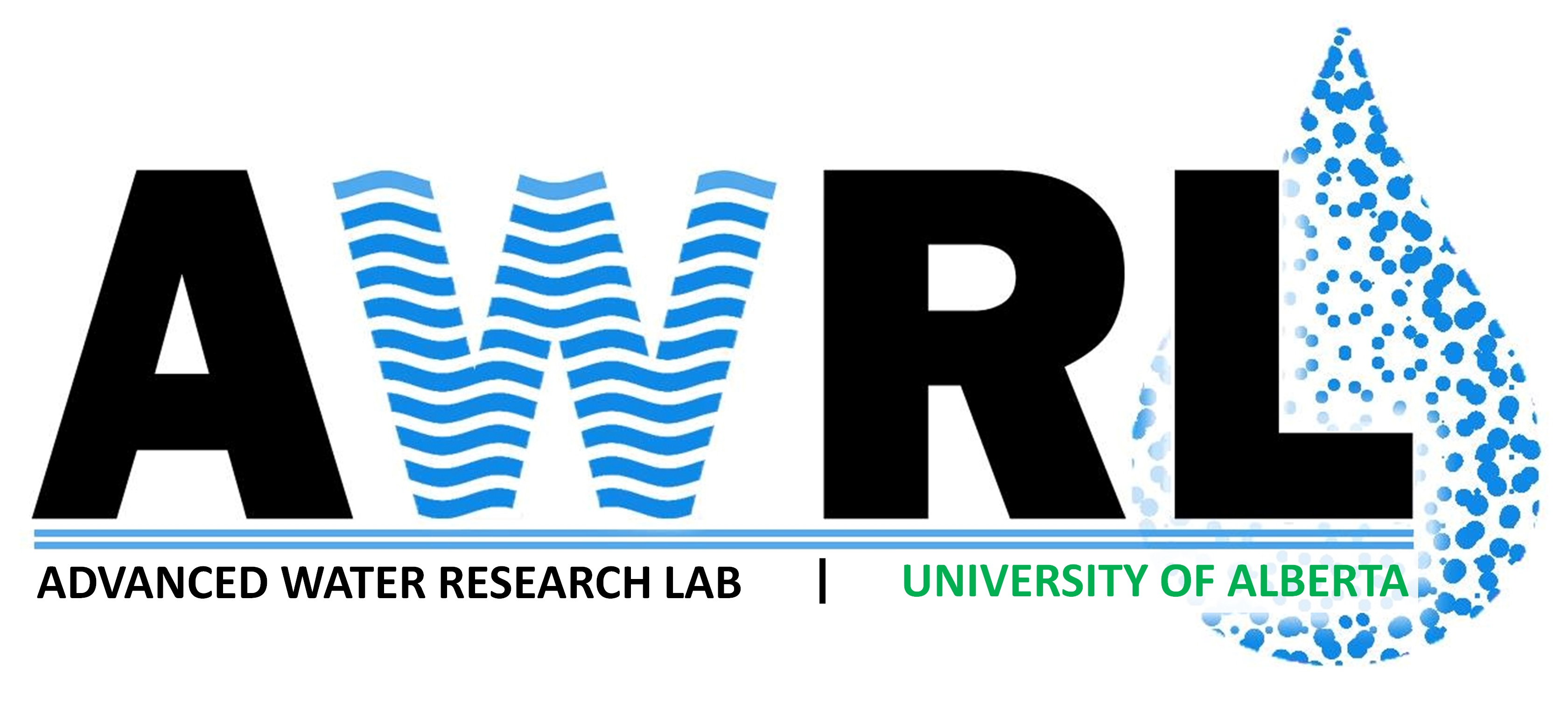Emerging contaminants: Treatment of pharmaceutical wastewater

The problem of environmental contamination by the pills and medicine we use every day has become a worldwide concern following catastrophic effects on animals and possibly humans. The feminization of male fishes, change in their reproductive behaviors and the eventually decrease in their population are effects directly resulting from exposure to hormones found in contraceptive pills.
The most important pathway for the introduction of these compounds to the environment is through human excretion. This is because, only 30-70% of the medicine introduced to the human body is used; the rest in excreted. These excreted pharmaceuticals end up in the sewage system and wastewater treatment plants (WWTPs). However, technology at WWTPs cannot eliminate these compounds completely. The remainder find their way to the environment through the effluent of WWTPs.
At AWRL we strive to create innovative water treatment technologies that can tackle the issue of pharmaceutical contaminants. One of these technologies is inspired by the inherent cleansing power of lightning bolts. In this technology, an electrical plasma is created on the surface of water by utilizing only one electrode. When plasma touches the surface of the water, various oxidizing agents such as hydroxyl radicals and ozone molecules are created. These agents attack pharmaceutical contaminants and break them into smaller molecules. This process continues until complete mineralization is achieved where organic molecules turn into carbon dioxide and leave the water. The following video illustrates such a system and how this technology can help different sectors manage their contaminants.

